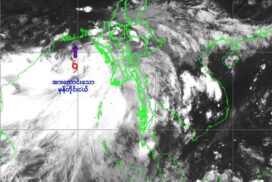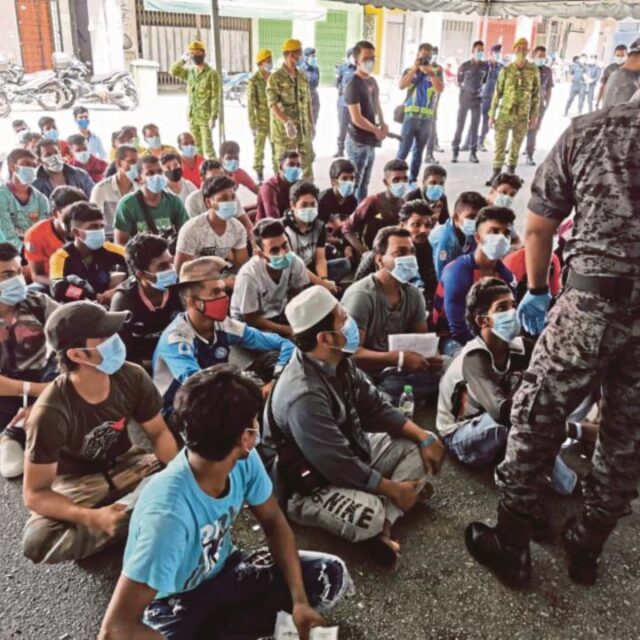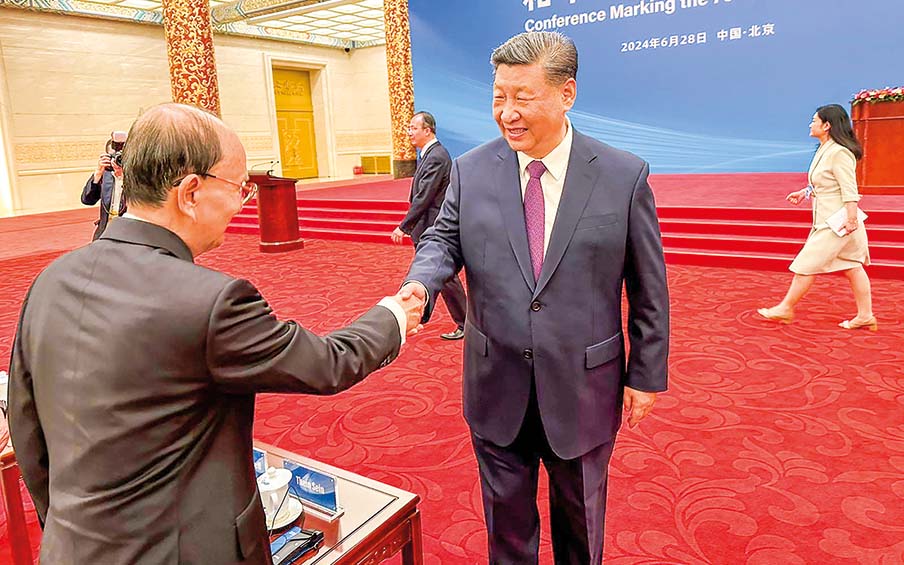Climate change is a global issue that poses significant threats to the socioeconomic development of nations worldwide. Initially, most countries prioritized economic growth over environmental conservation, resulting in severe climate change impacts.
Countries around the world are experiencing natural disasters related to water, including decreased rainfall, floods, and river overflows due to climate change. These events devastate communities, destroying lives and property and altering geographical landscapes.
Myanmar has faced a decline in rainfall due to climate change, leading to reduced water inflow into dams and reservoirs due to a decrease in forest coverage from some 42 per cent of the total area. Hence, the country is rapidly losing water resources because of inland mining, gold panning in rivers and creeks, and illegal timber extraction. The people in barren areas and mild desertification regions suffer from intense heat, especially during summer. This year, Chauk Township in Myanmar was listed among the world’s 15 hottest cities.
Major cities, particularly those with fewer trees, experience high temperatures exacerbated by El Niño in the summer. The dense urban populations further strain the natural environment. The increasing number of residential buildings reduces green spaces. Experts suggest that planting trees strategically in urban areas can reduce temperatures by 2 to 8 degrees Celsius. Hence, it is crucial to plant many trees to mitigate urban heat, learning from the last severe summer.
Trees play a vital role in creating a pleasant and sustainable urban environment. They enhance the beauty of the surroundings and promote better physical and mental health among residents. Trees also reduce air pollution and produce oxygen, benefiting the environment.
Urban greening can help alleviate the adverse effects of climate change. Strategic tree planting in cities can lower temperatures, reduce energy consumption, and improve air quality. Creating green spaces is essential for fostering a healthier and more livable urban environment. Therefore, it is imperative to prioritize the establishment and maintenance of green areas in urban planning and development.
The integration of green spaces into urban development is essential for combating climate change and creating sustainable cities. By learning from past environmental challenges and adopting proactive measures, countries can enhance the quality of life for urban residents while preserving natural resources. Investing in urban greening is not just a necessity but a strategic approach to building resilient and vibrant cities for the future. Hence, local authorities need to create socioeconomic development plans for urban areas with greening areas in a proper ratio so as to develop green economic and green development measures.
Establish green areas for urban development
- June 11, 2024
- 138














